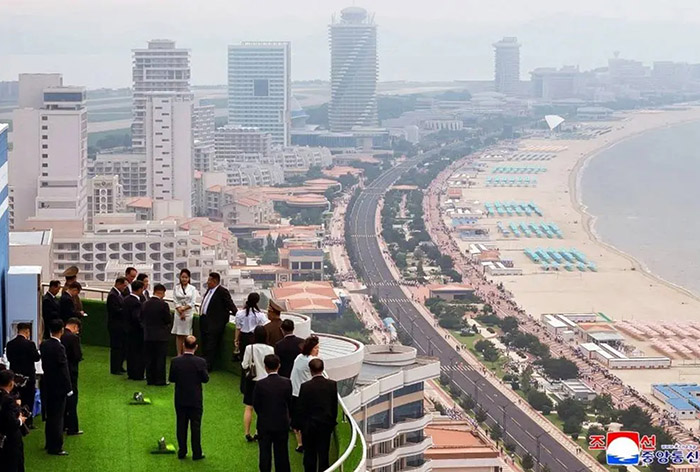Tourism as a Political Tool
Why tourism, and why now?
North Korea has long used tourism as a source of revenue and a tool for diplomacy. Though the number of foreign visitors to the country remains very low, the regime has intermittently allowed controlled group tours, mainly from China and Russia. These visitors are chaperoned at all times, barred from interacting freely with locals, and shown only pre-approved sites. Still, each tourist brings much-needed foreign currency, usually in euros or yuan, which is crucial for a country that is largely cut off from the global banking system.
The pandemic, however, brought even this trickle to a halt. North Korea closed its borders completely in early 2020, not even allowing diplomats or aid workers to enter or leave. It was one of the world’s most extreme lockdowns and lasted much longer than in most other countries. Borders only began to reopen gradually in mid-2023, with Russian delegations among the first to be allowed in. Western tourists—primarily from the UK, Germany, France, and Australia—were allowed limited entry in February 2024, but this short-lived experiment ended abruptly with no explanation.
The launch of Wonsan-Kalma raises questions about whether North Korea might be preparing for a broader reopening of its tourism sector. But so far, that doesn’t seem to be the case. Domestic tourists will be the first allowed into the new resort, and it remains unclear when or if foreign tourists will be permitted to visit the site.

